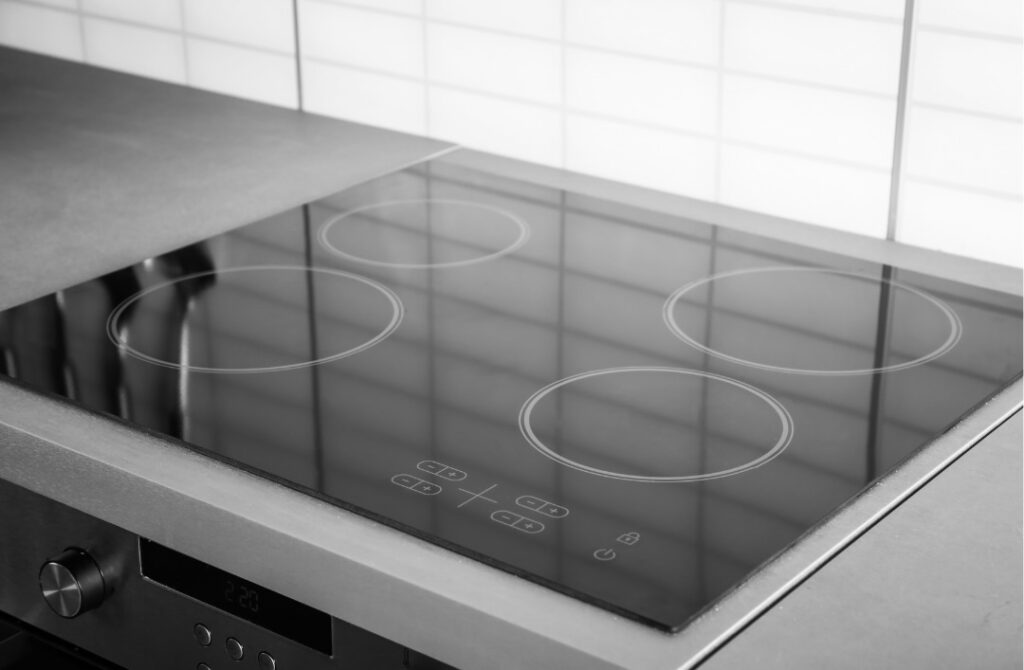When it comes to modern kitchens, the battle between induction cooktops and electric cooktops is heating up—literally. Both offer sleek designs, flat surfaces, and energy-efficient operation. But beneath the glass, their cooking technologies are quite different. So, which one should you choose? Let’s break down the pros, cons, and key differences to help you decide.

🔌 How They Work
Electric Cooktops:
Electric cooktops use heating elements (usually coils or radiant heat under a glass surface) to warm up cookware. The surface itself gets hot and then transfers heat to your pots and pans.
Induction Cooktops:
Induction cooktops use electromagnetic fields to directly heat the cookware. The cooktop itself remains relatively cool while your pan becomes the heat source
⚡ Efficiency & Speed
Induction:
Induction cooking is faster and more energy-efficient because it heats the pan directly, not the air or the cooktop surface. You can boil water in under half the time compared to a traditional electric cooktop.
Electric:
Electric cooktops are slower to heat and cool. They lose more energy through residual heat, which also means a hotter kitchen.
Winner: Induction
🔥 Temperature Control
Induction:
Offers precise, instantaneous control. Lowering the temperature reduces heat almost immediately—similar to gas stoves.
Electric:
Temperature changes are slower and less accurate. There’s a lag when adjusting the heat level.
Winner: Induction
🧼 Cleaning
Induction:
Since the surface stays cool, spills don’t burn onto the cooktop. Just wipe clean with a cloth.
Electric:
Burnt spills are more likely and can be difficult to clean from the hot surface.
Winner: Induction
💰 Cost & Compatibility
Induction:
Tends to be more expensive upfront. Also, you need compatible cookware—usually magnetic-based pots like cast iron or stainless steel.
Electric:
Generally more affordable and works with any type of cookware.
Winner: Electric (for budget-conscious buyers)
🛡️ Safety
Induction:
Very safe. The surface doesn’t get hot unless there’s a pot on it, and it cools quickly.
Electric:
Stays hot after cooking, posing a burn risk—especially to kids or pets.
Winner: Induction
